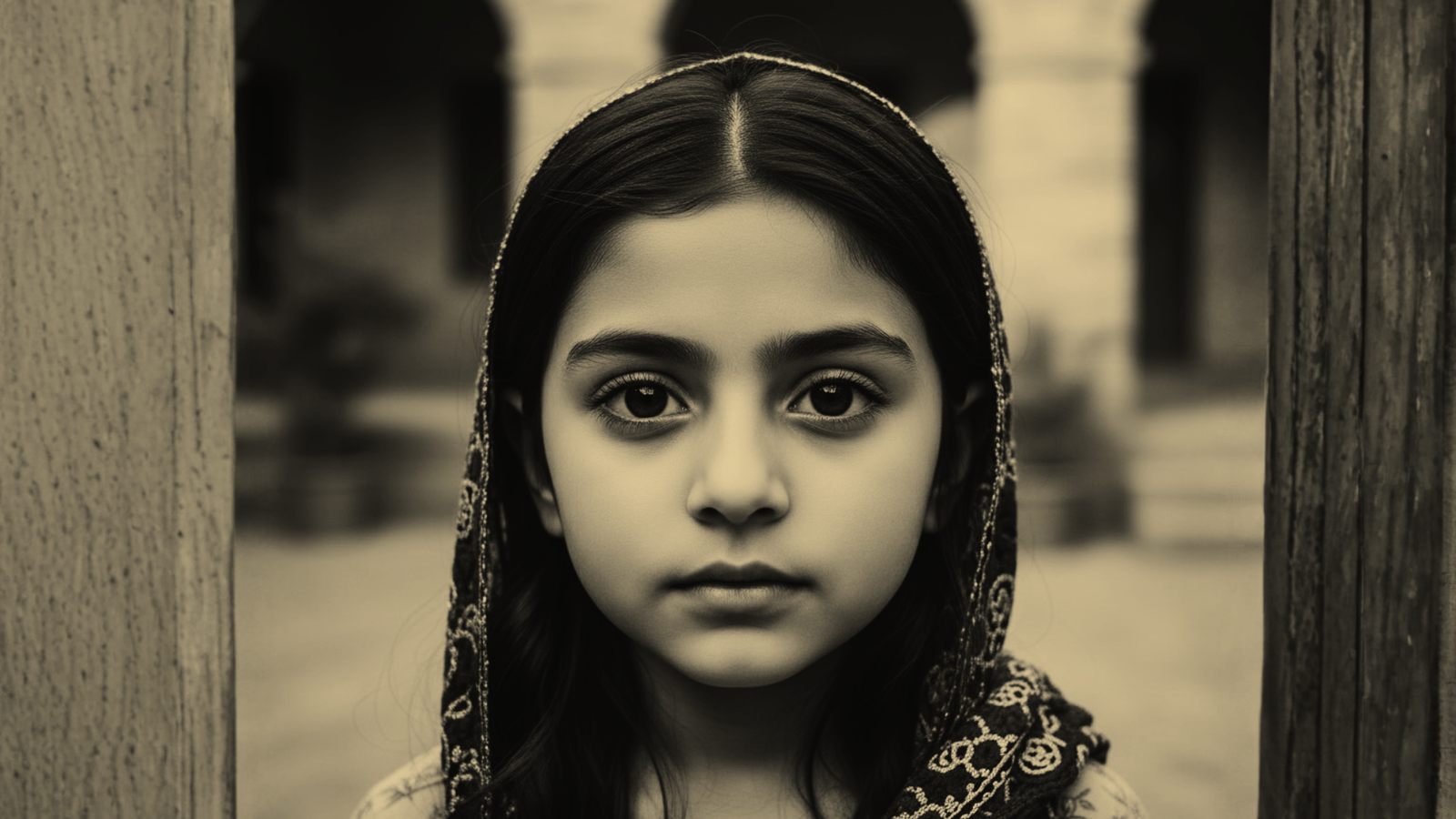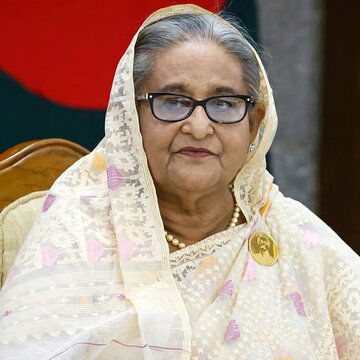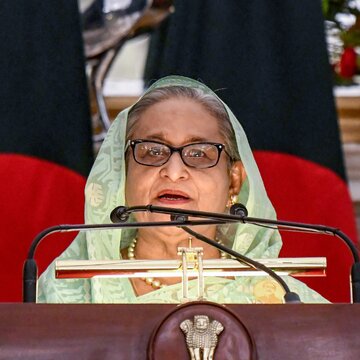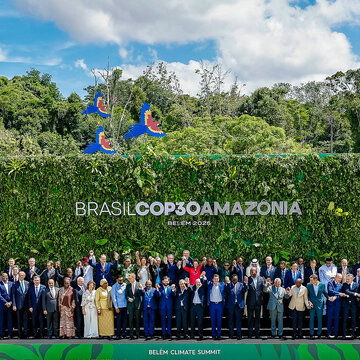In the remote villages of Pakistan, abject poverty forces families to sell their daughters to Chinese men in the name of marriage. According to reports by India.com, human rights groups say it largely victimises poor Christian communities, with families accepting tiny sums for their children. The investigators report that girls are often between 12 and 18 years old, reflecting the vulnerability of minors in these areas.
How does the 'bride market' work?
According to the report by India.com, the trafficking network includes brokers from both Pakistan and China, who visit remote villages and offer financial compensation to the families. Girls reportedly sell for $700 to $3,200 (PKR 2–9 lakh), depending on age and appearance. Along with the bride, the siblings or elderly parents are sometimes sent to China by the families, increasing the concerns of human trafficking. Victims are often transported via forged visas and passports, sometimes going through third countries before China.
Also Read | Moscow unmasks ISI-backed spy ring smuggling Russian military tech
Exploitation and human rights' concerns
While the arrangements are billed as marriages, human rights watchers indicate that many girls end up being forced into domestic or sex work, according to India.com. Some reports on investigations in Pakistan between 2018 and 2019 alone found over 600 cases of young girls trafficked for what was labelled as marriage, indicating that there is a fine line between transactional marriage and human trafficking.
Also Read | Five Indians kidnapped in Mali amid rising al-Qaida, ISIS violence
According to human rights watchdogs, India.com reports that this is a demand created by China's persistent gender imbalance legacy of its one-child policy that left millions of men without local brides. Pakistani authorities have reportedly voiced their concern over the practice but face difficulties in enforcing laws against it, as many of the cases take place in remote regions and across borders.
The report points out that the issue has been brought to international attention, underlining how poverty, marginalisation of minority communities, and the geopolitical relationship between Pakistan and China work together to create a largely hidden humanitarian crisis.










